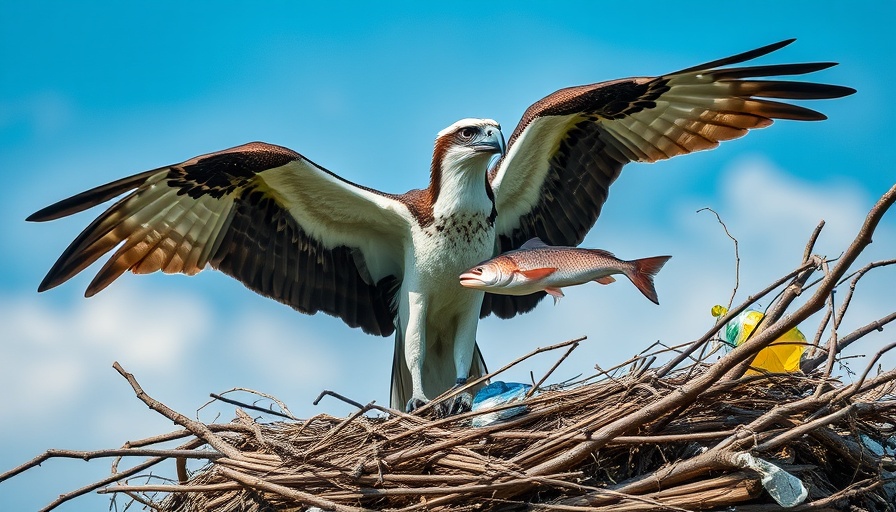
Microplastics and Their Alarming Impact on Birds
Microplastics are a growing environmental threat, particularly to avian populations around the globe. Recent research has discovered these tiny plastic particles not only in the diets of birds but also in their lungs. The situation is dire, with studies revealing that 51 bird species sampled around Chengdu, China, have alarming levels of microplastics in their bodies. An average count of 221.20 particles per species and 416.22 microplastics per gram of lung tissue indicates a widespread pollution issue.
The Path of Contamination
These particles enter bird habitats through various channels, predominantly water sources. In fact, shorelines along India’s coastline have reported significant microplastic prevalence, demonstrating that birds are vulnerable to these contaminants via their feeding patterns. For instance, a study conducted last year indicated that pollution levels were alarming in some coastal regions, with the majority of shorebirds examined found to contain microplastic microfibres.
Environmental Consequences and Urgency for Action
The plight of birds is not an isolated concern but rather a reflection of broader environmental neglect. The increasing presence of microplastics in essential ecosystems, including waterways and air, emphasizes the urgent need for pollution control measures. Beyond avian species, these pollutants pose grave risks to marine life as well, further complicating the ecological balance.
Turning Awareness Into Action
For eco-friendly individuals dedicated to environmental conservation, recognition of the plastic pollution crisis is vital. It is crucial to support initiatives aimed at reducing microplastics through sustainable living practices. Choosing eco-friendly products, promoting renewable energy, embracing waste reduction, and advocating for stricter regulations on plastic use can significantly contribute to combating this growing crisis.
 Add Row
Add Row  Add
Add 



Write A Comment